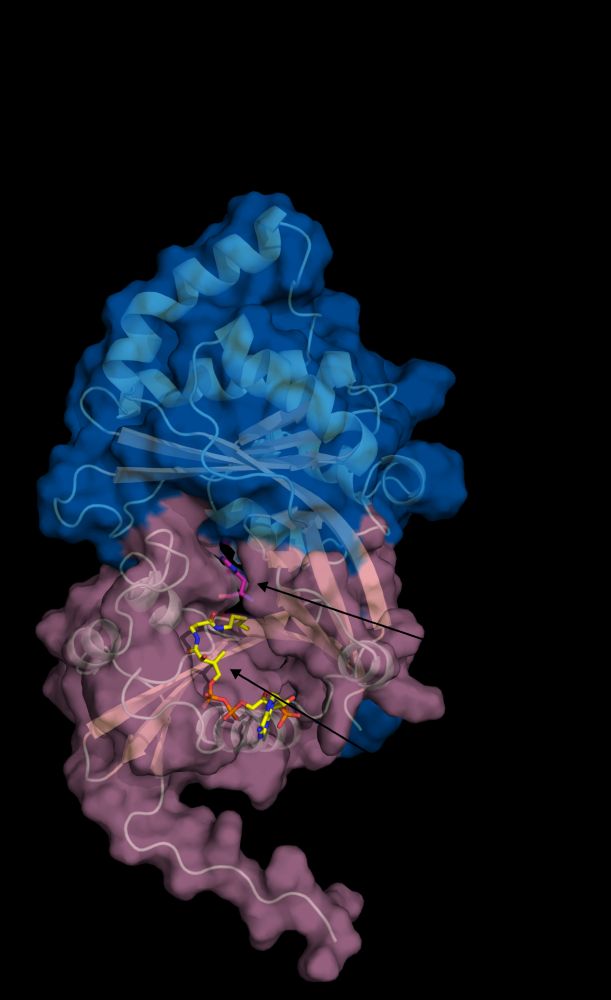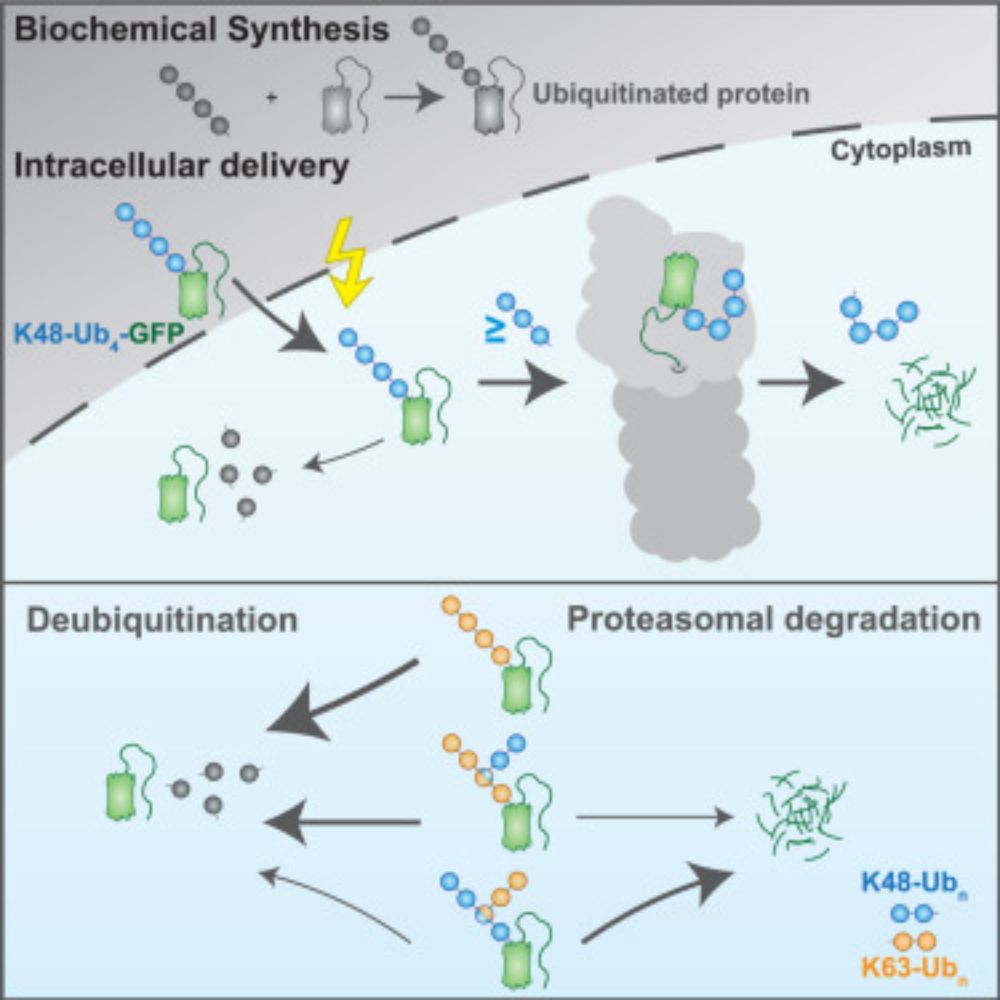We’re proud at INCATE to have supported them early on and thrilled to see their progress in the fight against #AMR.
Read more 👉 www.globenewswire.com/news-release...

We’re proud at INCATE to have supported them early on and thrilled to see their progress in the fight against #AMR.
Read more 👉 www.globenewswire.com/news-release...


Acylamino acid-releasing enzyme (AARE), a bifunctional protease with a potential role in #aging
@cibss.bsky.social @biologyunifreiburg.bsky.social
academic.oup.com/jxb/advance-...

Acylamino acid-releasing enzyme (AARE), a bifunctional protease with a potential role in #aging
@cibss.bsky.social @biologyunifreiburg.bsky.social
academic.oup.com/jxb/advance-...

www.science.org/doi/10.1126/...

www.science.org/doi/10.1126/...
“𝗨𝗯𝗶𝗥𝗘𝗔𝗗 𝗱𝗲𝗰𝗶𝗽𝗵𝗲𝗿𝘀 𝗽𝗿𝗼𝘁𝗲𝗮𝘀𝗼𝗺𝗮𝗹 𝗱𝗲𝗴𝗿𝗮𝗱𝗮𝘁𝗶𝗼𝗻 𝗰𝗼𝗱𝗲 𝗼𝗳 𝗵𝗼𝗺𝗼𝘁𝘆𝗽𝗶𝗰 𝗮𝗻𝗱 𝗯𝗿𝗮𝗻𝗰𝗵𝗲𝗱 𝗞48 𝗮𝗻𝗱 𝗞63 𝘂𝗯𝗶𝗾𝘂𝗶𝘁𝗶𝗻 𝗰𝗵𝗮𝗶𝗻𝘀”
@cp-molcell.bsky.social
1/8
www.cell.com/molecular-ce...

“𝗨𝗯𝗶𝗥𝗘𝗔𝗗 𝗱𝗲𝗰𝗶𝗽𝗵𝗲𝗿𝘀 𝗽𝗿𝗼𝘁𝗲𝗮𝘀𝗼𝗺𝗮𝗹 𝗱𝗲𝗴𝗿𝗮𝗱𝗮𝘁𝗶𝗼𝗻 𝗰𝗼𝗱𝗲 𝗼𝗳 𝗵𝗼𝗺𝗼𝘁𝘆𝗽𝗶𝗰 𝗮𝗻𝗱 𝗯𝗿𝗮𝗻𝗰𝗵𝗲𝗱 𝗞48 𝗮𝗻𝗱 𝗞63 𝘂𝗯𝗶𝗾𝘂𝗶𝘁𝗶𝗻 𝗰𝗵𝗮𝗶𝗻𝘀”
@cp-molcell.bsky.social
1/8
www.cell.com/molecular-ce...
In her REVIVE @gardp.bsky.social article, Olga Genilloud explores solutions to these issues.
🔗 Read more: revive.gardp.org/how-can-we-c...

In her REVIVE @gardp.bsky.social article, Olga Genilloud explores solutions to these issues.
🔗 Read more: revive.gardp.org/how-can-we-c...

Sebastian Schuck and colleagues
www.embopress.org/doi/full/10....

Sebastian Schuck and colleagues
www.embopress.org/doi/full/10....
Yongchao Zhao, Yi Sun et al
www.embopress.org/doi/full/10....

Yongchao Zhao, Yi Sun et al
www.embopress.org/doi/full/10....
To all our German friends: Wir feiern Präzision! 🫶🇩🇪
To all our German friends: Wir feiern Präzision! 🫶🇩🇪
Here is the open acces link:
rdcu.be/d6Bgd
#precisionmedicine 🧬💊🧪

Here is the open acces link:
rdcu.be/d6Bgd
#precisionmedicine 🧬💊🧪
www.biorxiv.org/content/10.1...
www.biorxiv.org/content/10.1...








